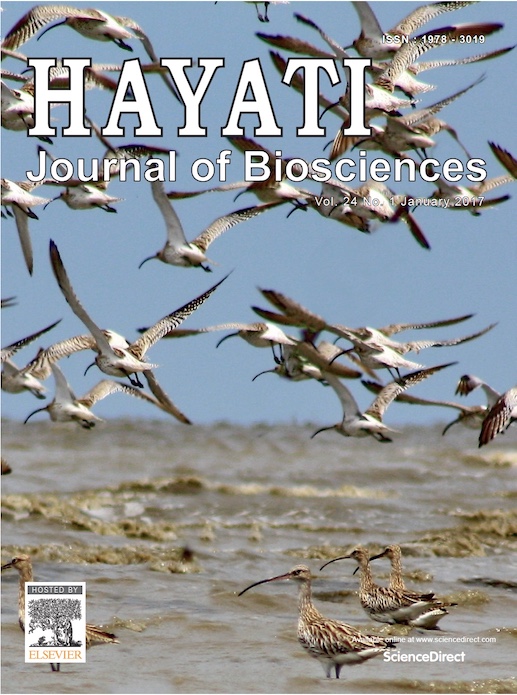Microencapsulation Improved Probiotics Survival During Gastric Transit
Abstract
Several studies have demonstrated differences among strains of probiotic bacteria with regard to their survival in acid environment. Probiotics must survive in gastric acids to reach the small intestine and colonize the host for appropriate prevention and management of several gastrointestinal diseases. To improve the survival rates of probiotic microorganisms during gastric transit, microencapsulation is considered to be a promising process. A variety of polymers are commonly used for microencapsulation. Thus, there is a widespread interest in the improvement of the physical and mechanical stability of the polymers use in probiotics encapsulation. In addition, there is a developing trend toward the use of milk proteins as encapsulation device. To fulfill many demands of a successful probiotics encapsulation, different techniques have been applied to increase the resistance of these sensitive microorganisms against gastric conditions. Therefore, the objective of this study is to review the effect of microencapsulation on survival of probiotics in an in vitro model simulating gastric transit.Downloads
HAYATI J Biosci is an open access journal and the article's license is CC-BY-NC. This license lets others distribute, remix, tweak, and build upon author's work, as long as they credit the original creation. Authors retain copyright and grant the journal/publisher non exclusive publishing rights with the work simultaneously licensed under a https://creativecommons.org/

























.png) IPB University
IPB University Department of Biology
Department of Biology The Indonesian Biological Society
The Indonesian Biological Society 

